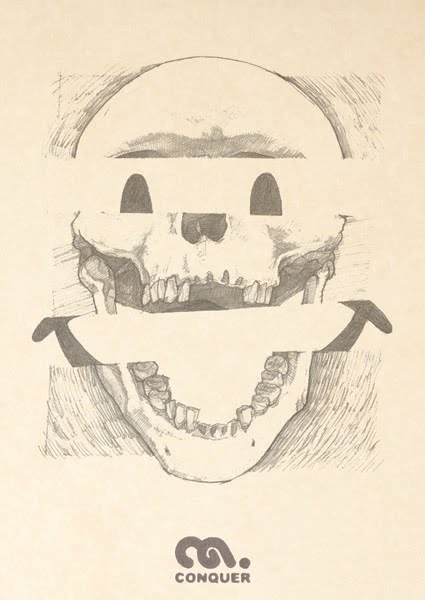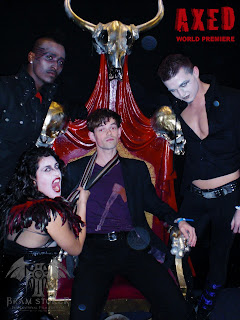Stranger Visions: DNA Collected from Found Objects Used to Create 3D Portraits
Facing the Genetic Future
Sitting in a therapist’s office, New York City artist Heather Dewey-Hagborg discovered a hair
lodged in a crack in the glass covering a painting on the wall. “I stared at it for an hour,”
she says. “I couldn’t stop wondering who it belonged to, and what I could find out about
that person.”
After reading a story in Science about the new field of forensic DNA phenotyping
(18 February 2011, p. 838), Dewey-Hagborg decided to turn her fascination into an art
project. She collected 11 hairs left around the city by strangers and learned how to test their
DNA at a genetics lab. Now, she’s printing three dimensional masks, or approximations, of those
people’s faces, which will be on display—along with her own—in a January exhibition called Stranger
Visions. The masks reflect eye color, geographical roots, sex, and other traits, but not exact facial
features because forensic phenotyping can’t fill in all the details. But it might one day, and with ever
cheaper sequencing, an era of “genetic surveillance” is looming, says Dewey-Hagborg. “As a society, we
need to have a discussion about that.”
1381 Myrtle ave. Brooklyn, NY
MtDNA Haplogroup: H2a2a1 (Eastern European)
SRY Gene: present
Gender: Male
HERC2 Gene: AA
Eye Color: Brown
Heather Dewey-Hagborg with self portrait
Full bio and other work at http://deweyhagborg.com/



















































